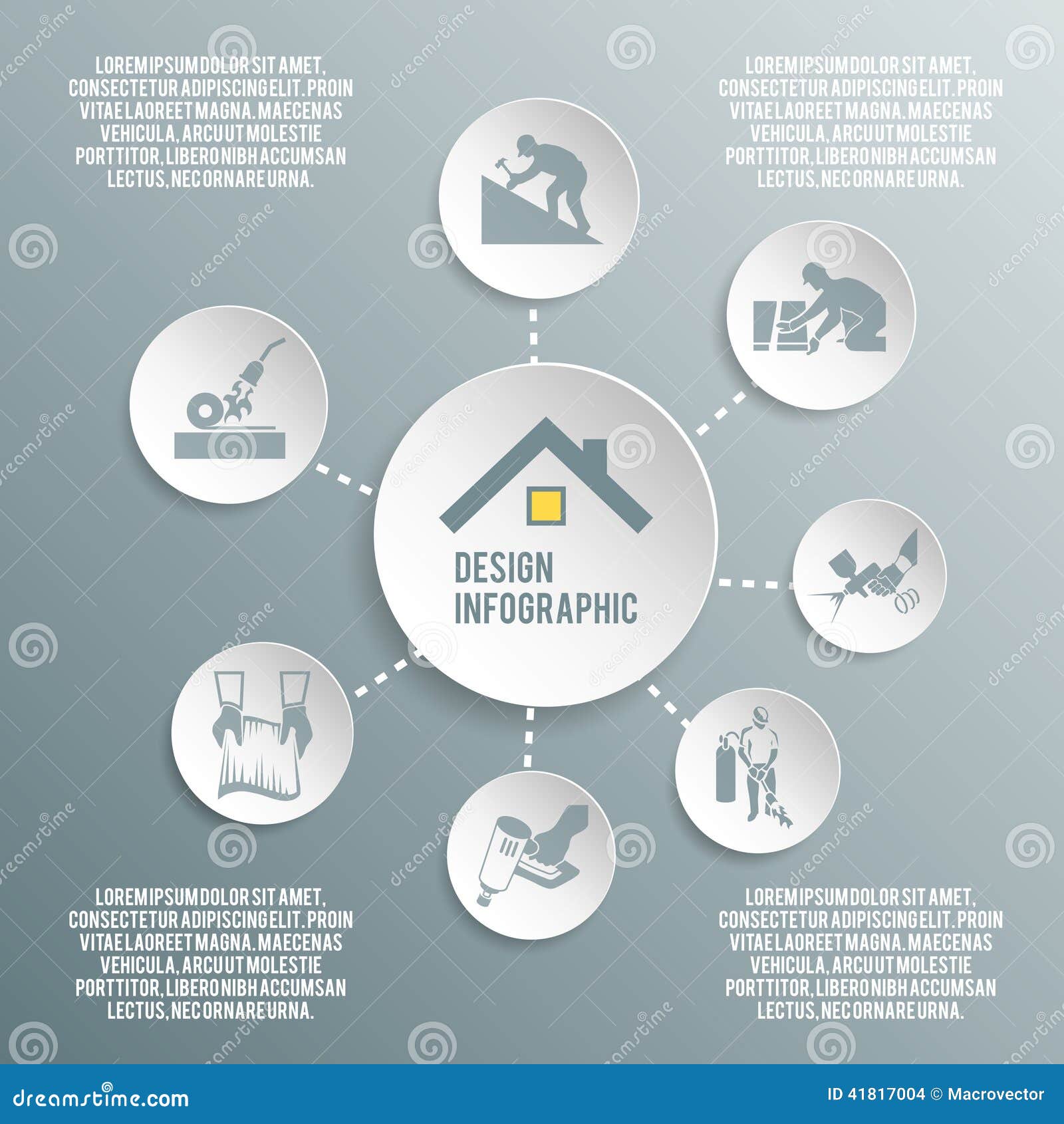Evaluating The Financial Aspects Of Solar Energy Installment: Is It A Worthwhile Financial Investment?
Evaluating The Financial Aspects Of Solar Energy Installment: Is It A Worthwhile Financial Investment?
Blog Article
Article Written By-Gade Jensen
When considering the expenses of solar installation, you could question the in advance investment called for and whether it straightens with the possible long-term benefits. Comprehending the complexities of these costs and the numerous factors influencing the overall return can clarify the worth proposition of transitioning to solar power. By examining both the initial arrangement costs and the forecasted financial savings gradually, you can acquire understanding into whether the investment in solar installment holds promise for your financial future.
Preliminary Arrangement Costs
When taking into consideration the costs of solar setup, the first setup expenditures play a critical role in your decision-making process. These upfront costs consist of the price of solar panels, inverters, installing equipment, and installment labor.
The rate of solar panels can differ relying on the brand name, efficiency, and dimension you select. https://blog.ucsusa.org/charlie-hoffs/mining-raw-materials-for-solar-panels-problems-and-solutions/ are crucial for transforming the sun's power right into usable power and can be found in various types such as string inverters, microinverters, and power optimizers, each with its very own expense implications.
Installing devices, such as racks and rails, is necessary to safely mount photovoltaic panels on your roof or property.
The installation labor cost covers the expert setup of the solar system, guaranteeing that everything is established properly and effectively. Keep in mind that while these preliminary arrangement expenditures may appear high, there are often rebates, tax motivations, and financing choices readily available to help balance out the expenses and make solar installation a lot more budget friendly over time.
Long-Term Cost Savings Evaluation
To recognize the monetary benefits of solar installment gradually, it's important to perform a detailed long-term savings analysis. While the first setup expenditures of photovoltaic panels might appear complicated, the long-lasting cost savings can outweigh these costs considerably. By harnessing the power of the sunlight to produce electrical power for your home, you can potentially conserve countless dollars on your energy costs over the life expectancy of your solar system.
One of the vital aspects to think about in a long-term financial savings evaluation is the decrease in your electrical power bills. With photovoltaic panels, you can generate your power, reducing or perhaps removing your reliance on the grid. This can cause substantial savings, specifically as utility prices remain to increase.
Furthermore, many federal governments use rewards such as tax credits and rebates for setting up solar panels, even more enhancing your long-term cost savings. By taking advantage of these incentives and optimizing your solar energy production, you can appreciate considerable financial advantages for many years ahead.
Return on Investment Computation
Thinking about the economic advantages of solar installation, it's time to examine the Return on Investment (ROI) calculation. Identifying the ROI involves contrasting the complete costs of setting up a solar system with the economic benefits it generates over its life expectancy.
To calculate ROI, separate the web profit from the system by the overall financial investment price and increase by 100 to obtain a percentage. The ROI formula is: (Net Earnings/ Overall Financial Investment Cost) x 100.
As an example, if the total cost of installing a solar system is $20,000, and over its life-span, it generates savings and incomes totaling $30,000, the web earnings would be $10,000. Separating this by the overall financial investment expense of $20,000 gives a proportion of 0.5. Increasing straight from the source by 100 supplies an ROI of 50%.
Generally, a higher ROI suggests a much more monetarily satisfying financial investment. Aspects like federal government motivations, upkeep expenses, and power rate fluctuations can impact the ROI of solar installations. Understanding the ROI aids in evaluating whether purchasing solar energy deserves it in the long run.
Conclusion
In conclusion, understanding the prices of solar installation is essential for establishing if it is worth the investment. By considering preliminary arrangement expenses, conducting a long-term savings evaluation, and computing the return on investment, you can make an informed decision concerning the economic value of solar power. With look at this website for lowered energy costs and boosted power independence, purchasing solar setup can be a smart choice for both your pocketbook and the setting.
